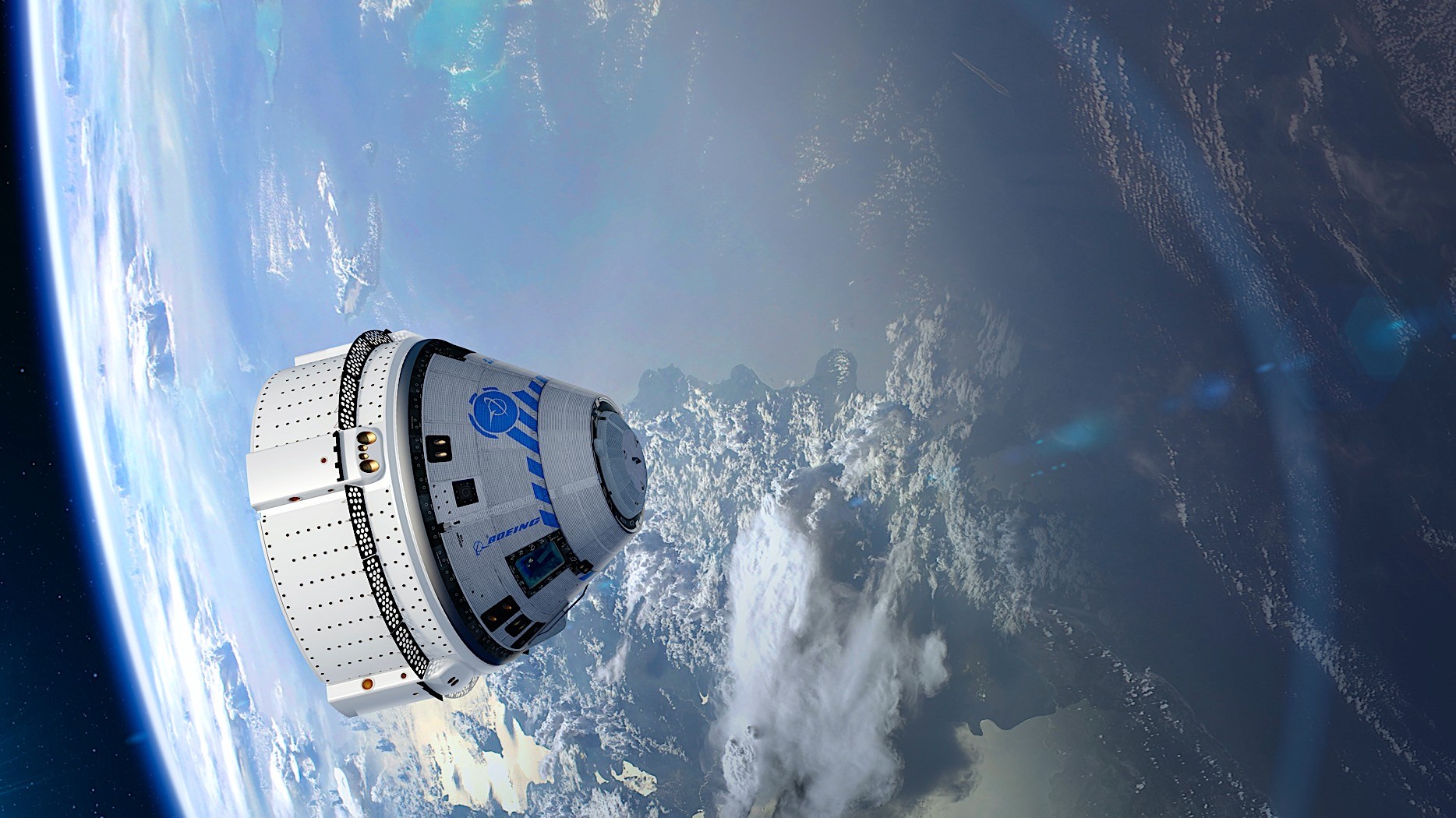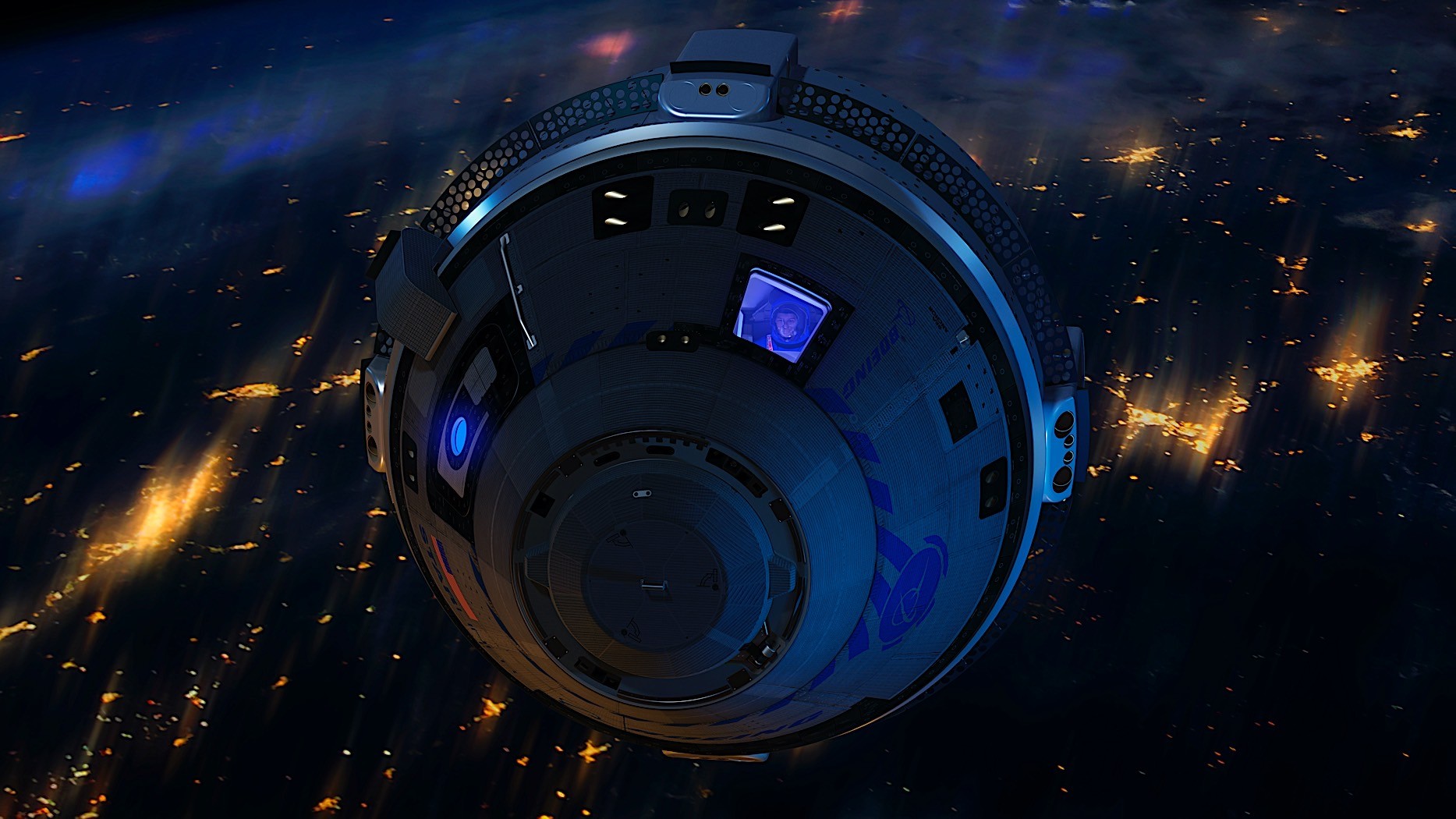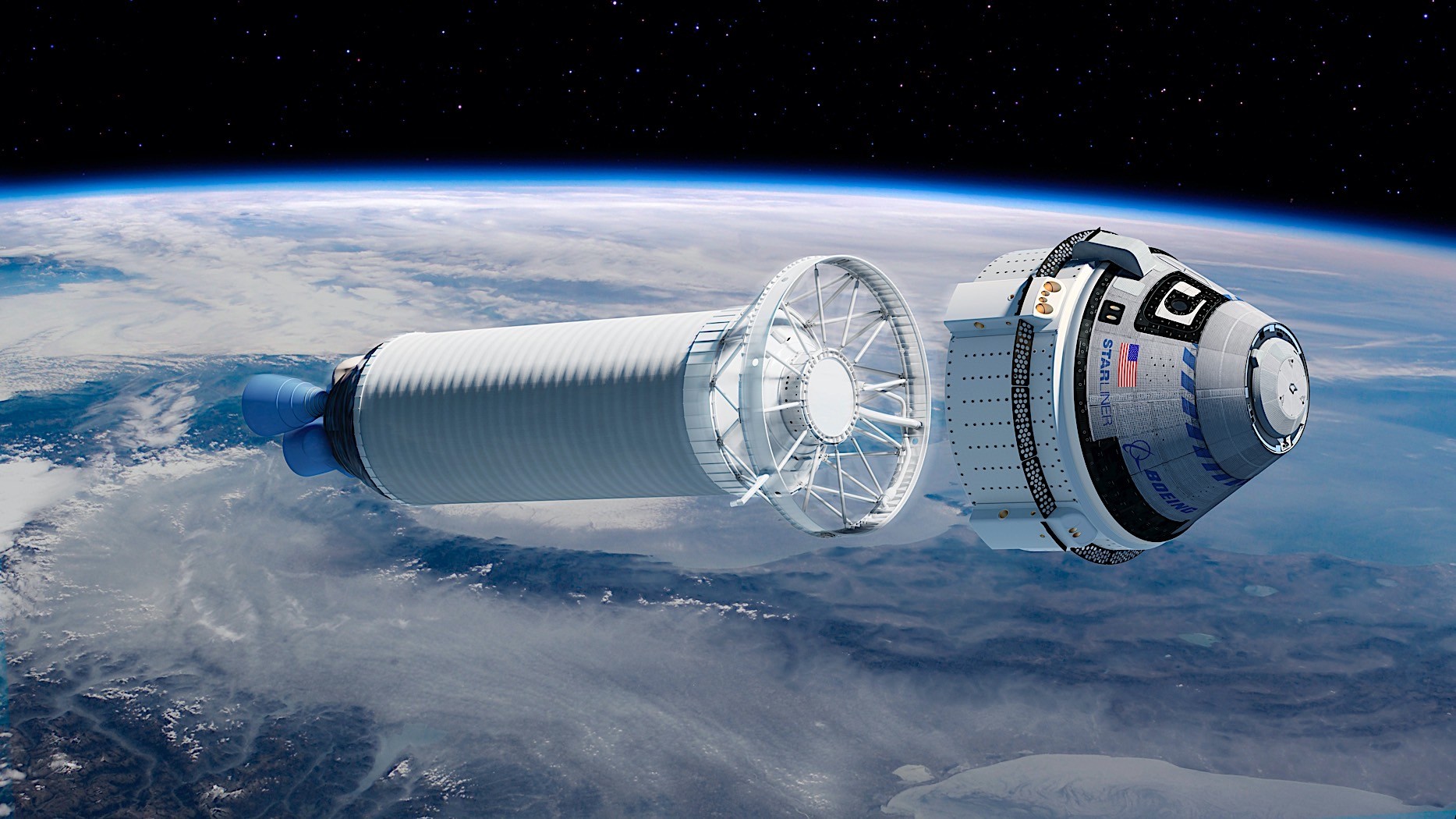The Boeing Starliner, a spacecraft designed to transport NASA astronauts to the International Space Station, has faced numerous challenges since its development. Despite being intended to launch alongside SpaceX’s Crew Dragon, various technical issues have delayed its operational status.
The Starliner’s initial uncrewed test flight in 2019 failed to reach the ISS due to a malfunctioning mission clock. Subsequent attempts to launch the spacecraft were hindered by a series of hardware and software problems, as well as leaks. It wasn’t until 2022 that the Starliner successfully docked with the ISS.

The first crewed mission of the Starliner, launched in June 2024, has been plagued by further difficulties. The spacecraft experienced issues with its thrusters and was found to be leaking helium. These problems have prevented the astronauts on board, Butch Wilmore and Suni Williams, from returning to Earth as planned.
Despite extensive testing and data analysis, NASA and Boeing remain puzzled by the underlying issues plaguing their Starliner spacecraft. With mounting public anticipation, the space agency has announced plans for a comprehensive review to determine the safest course of action for returning the Starliner and its crew to Earth.
The decision to bring the Starliner back with or without its crew is a complex one, fraught with both technical and logistical challenges. A successful return would require a flawless execution of several critical maneuvers, including undocking, deorbiting, and atmospheric reentry. Any misstep could have catastrophic consequences.
If NASA decides to return the Starliner empty, the spacecraft will have to autonomously goes its way back to Earth. While this is technically feasible, it poses significant risks. A malfunction during the deorbit or reentry phase could result in the spacecraft breaking up or landing in an uncontrolled manner.
On the other hand, returning the Starliner with its crew on board would be a daring and unprecedented mission. The astronauts would face the same risks as the empty spacecraft, but they would also be exposed to the additional dangers of human spaceflight. A successful return would be a testament to human ingenuity and courage, but it would also be a relief for many who have been following the Starliner saga with bated breath.
As NASA continues to investigate the issues with the Starliner, the world watches with a mixture of hope and trepidation. The outcome of this complex situation will have far-reaching implications for the future of human space exploration. The Starliner mission, originally planned for four astronauts, is now facing a potential reduction to just two due to the need to rescue the stranded crew of the same spacecraft.

In the interim, the stranded astronauts, Wilmore and Williams, have been integrated into the Expedition 71 crew’s activities, participating in scientific research, maintenance tasks, and even reviewing the Starliner itself. Despite the increased crew size, NASA assures that there are sufficient supplies and regular resupply missions to sustain everyone on the station.
Moreover, both astronauts are experienced in long-duration space missions, having previously served on the ISS. In case of an emergency, the Starliner can be used for their evacuation, ensuring it doesn’t interfere with the escape plans of the other crew members. Recognizing the lessons learned from the Columbia accident, NASA is taking extra time to analyze the Starliner’s issues, prioritizing safety and reliability over a hasty return.
The agency’s commitment to having two operational spacecraft is unwavering, as it provides essential flexibility in case of unforeseen problems, as demonstrated by the current Starliner challenges. While the stranded astronauts are not trapped on the station, their return is delayed due to technical difficulties, allowing for a thorough investigation and ensuring the safety of future missions.

